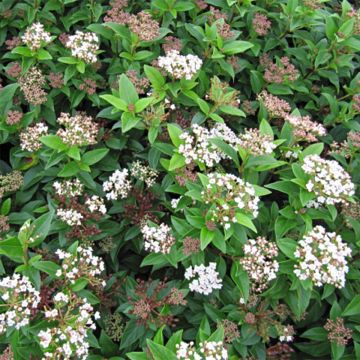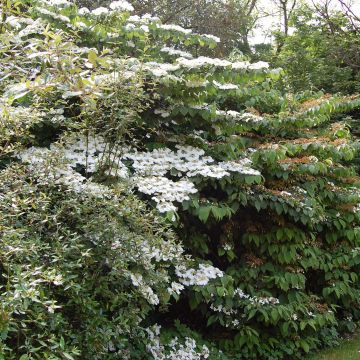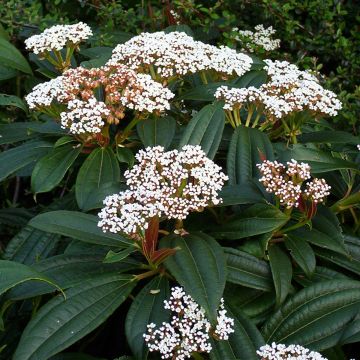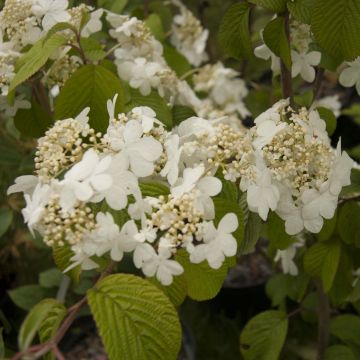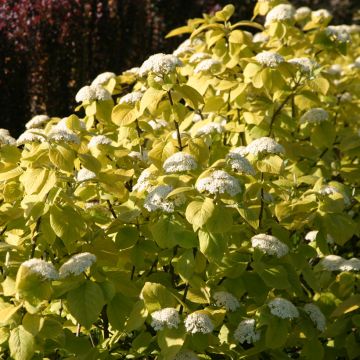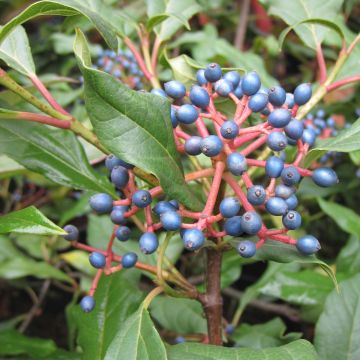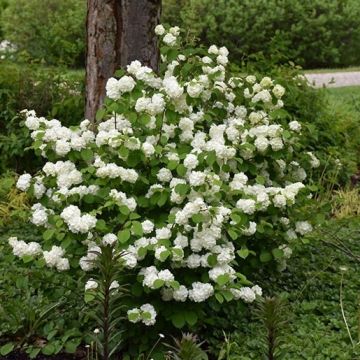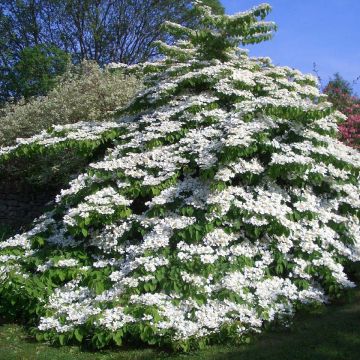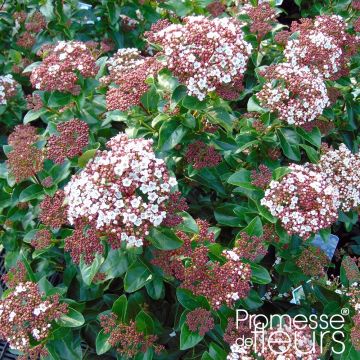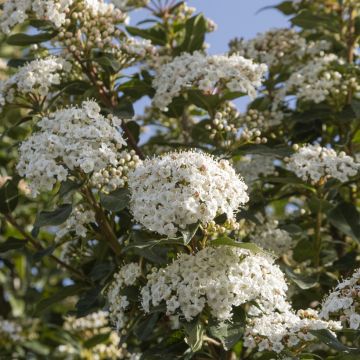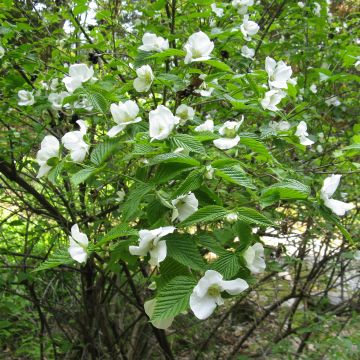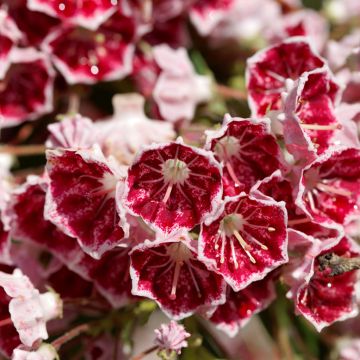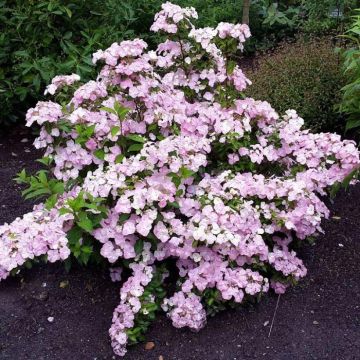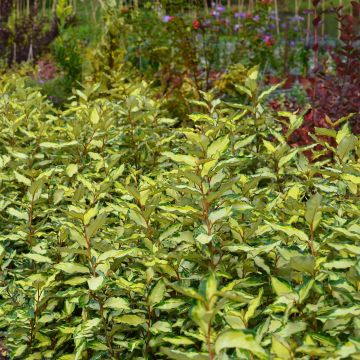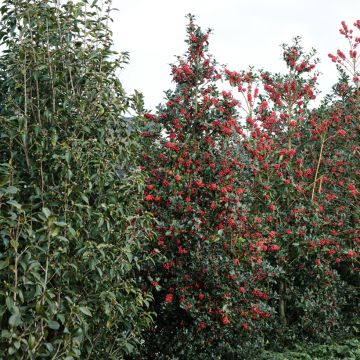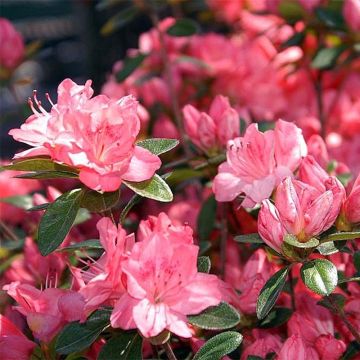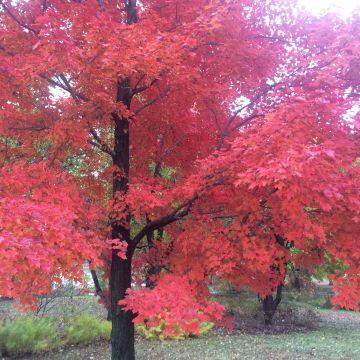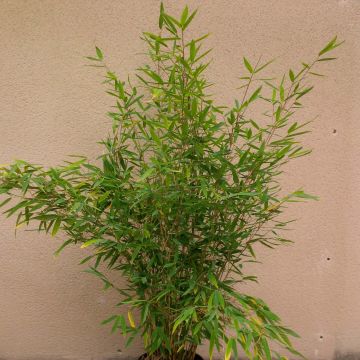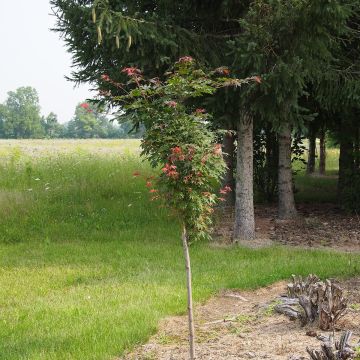Shipping country and language
Your country of residence may be:
Your country of residence is:
For a better user experience on our website, you can select:
Your shipping country:
-
Andorra
-
Austria
-
Belgium
-
Bulgaria
-
Canada
-
Chile
-
Croatia
-
Cyprus
-
Czechia
-
Denmark
-
Estonia
-
Finland
-
France
-
Germany
-
Greece
-
Hungary
-
Iceland
-
Ireland
-
Italy
-
Latvia
-
Lithuania
-
Luxembourg
-
Malta
-
Monaco
-
Netherlands
-
Poland
-
Portugal
-
Romania
-
Slovakia
-
Slovenia
-
Spain
-
Sweden
-
Switzerland
-
United Kingdom
We only deliver seed and bulb products to your country. If you add other products to your basket, they cannot be shipped.
Language:
-
French
-
German
-
Spanish
-
English
-
Italian
My Account
Hello
My wish lists
Log in / Register
Existing customer?
New customer?
Create an account to track your orders, access our customer service and, if you wish, make the most of our upcoming offers.
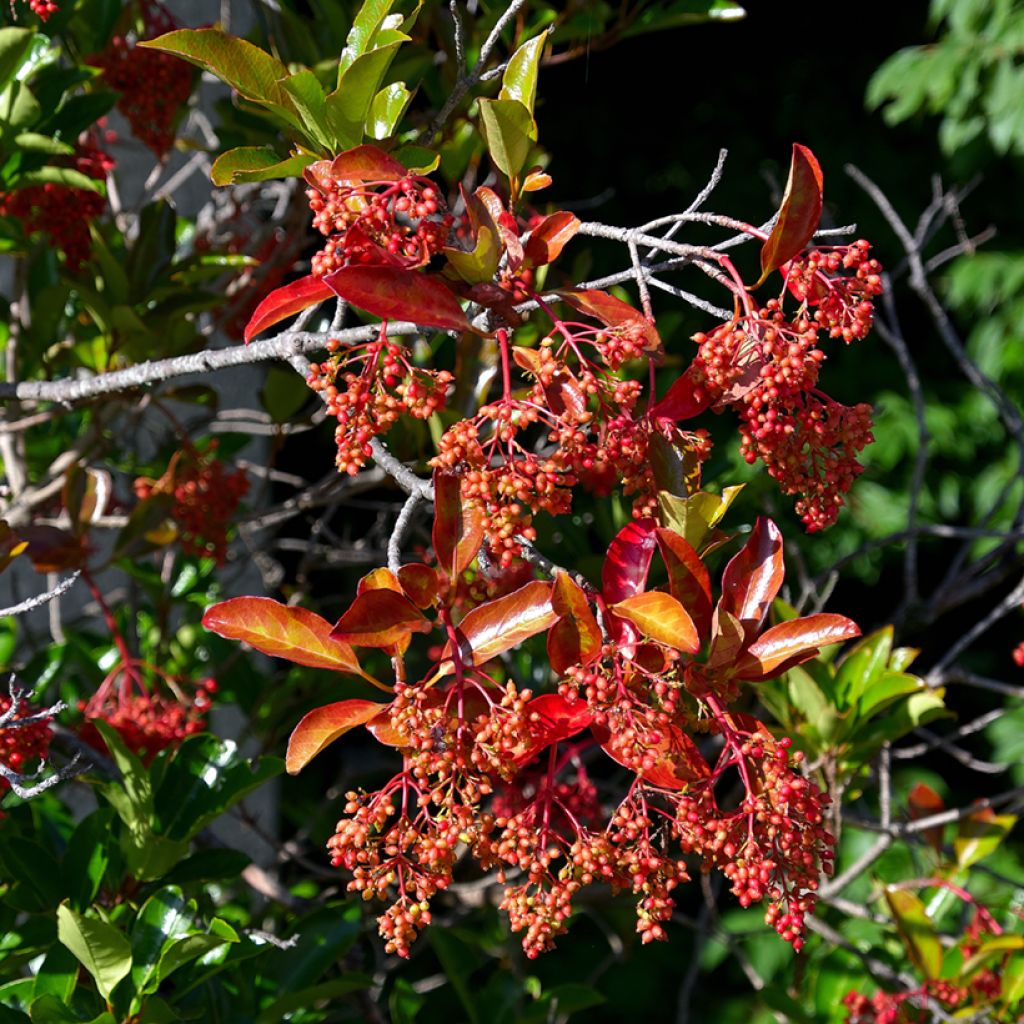

Viburnum odoratissimum
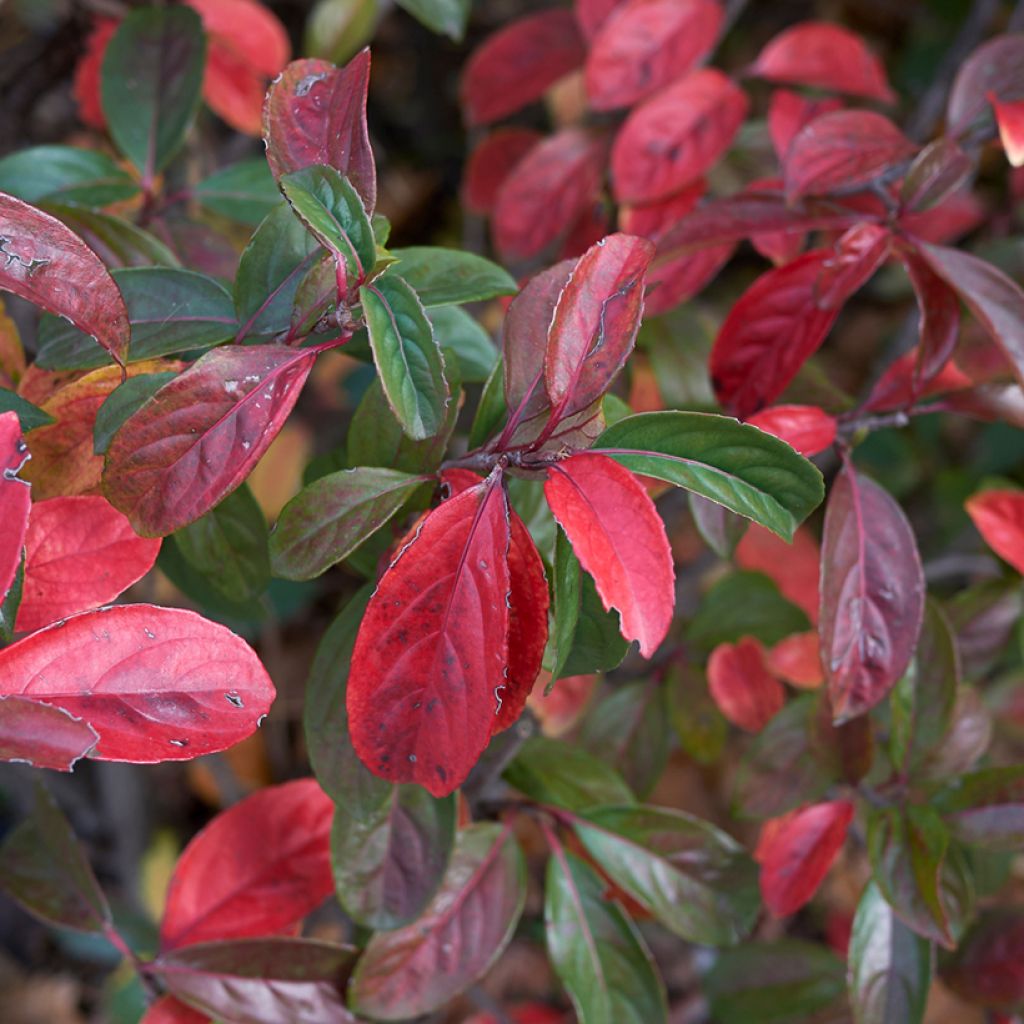

Viburnum odoratissimum
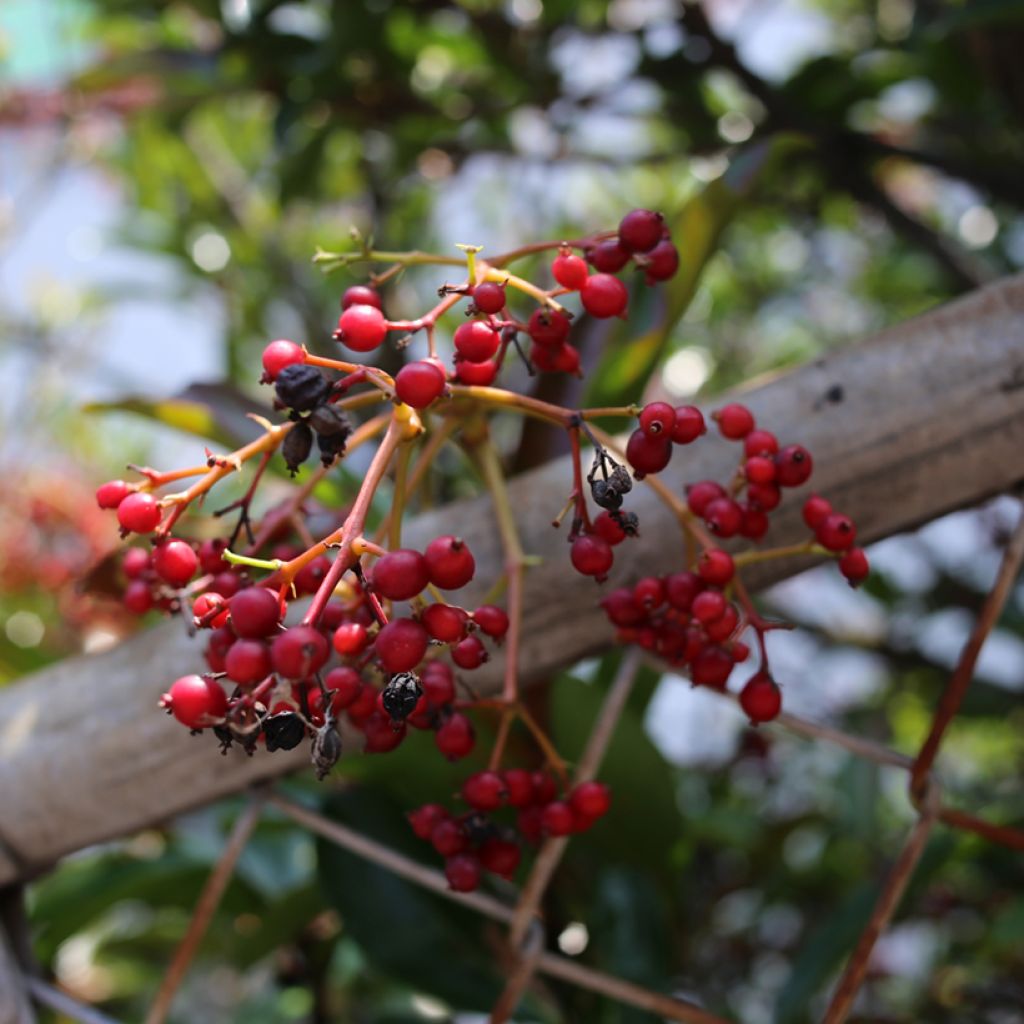

Viburnum odoratissimum
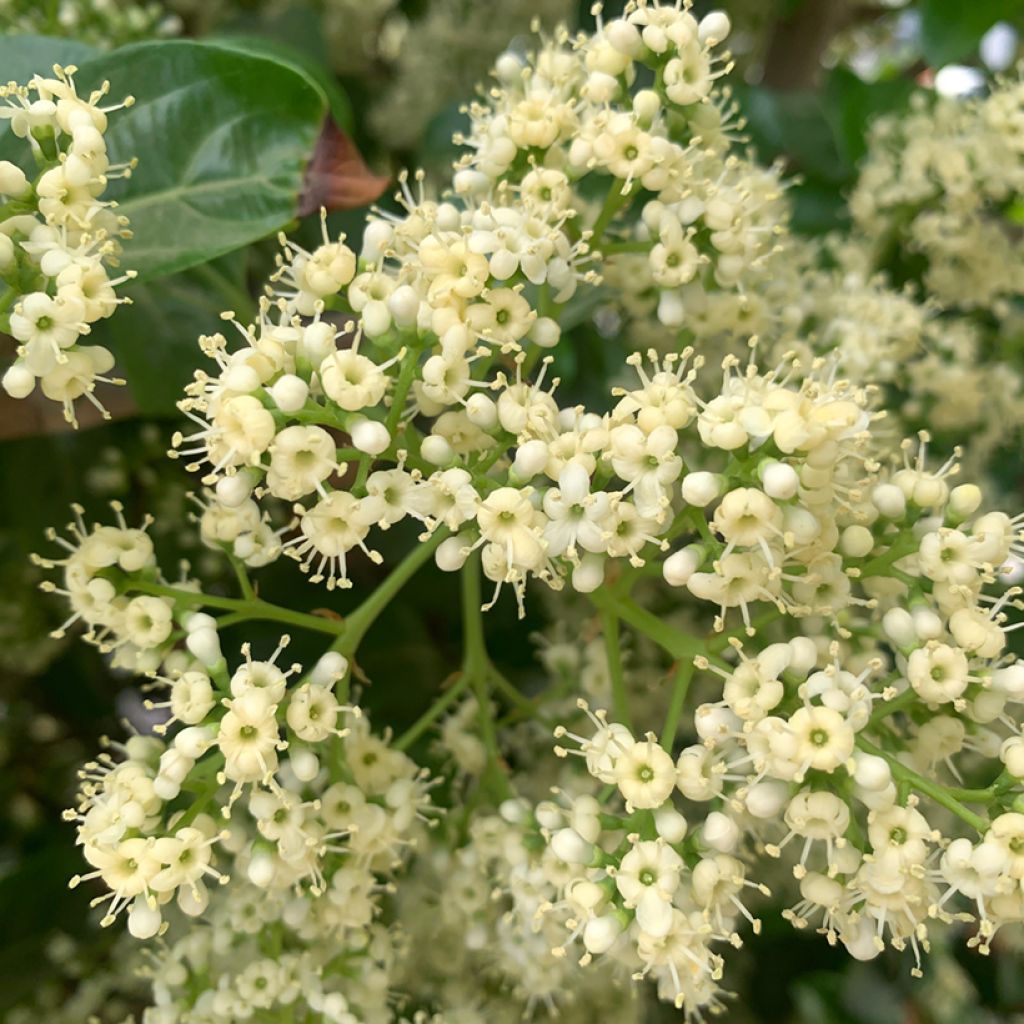

Viburnum odoratissimum
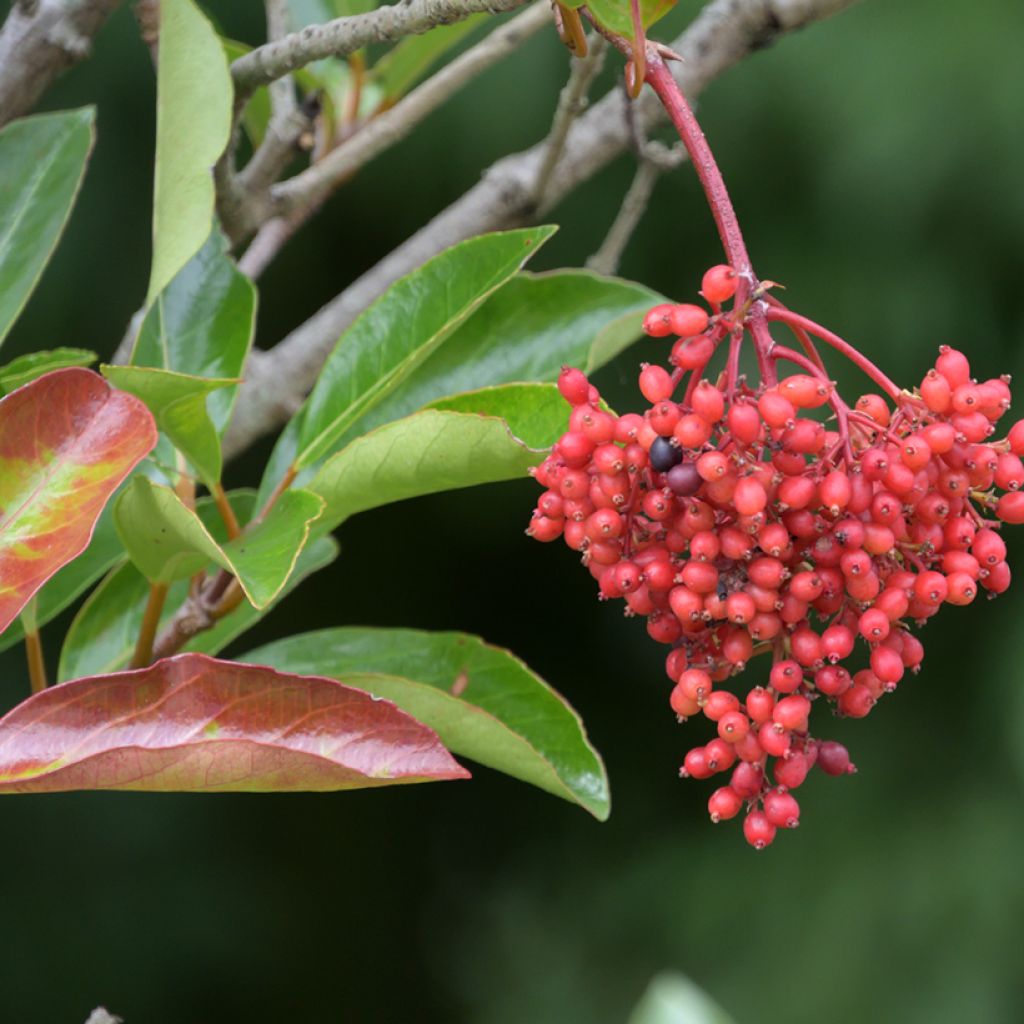

Viburnum odoratissimum
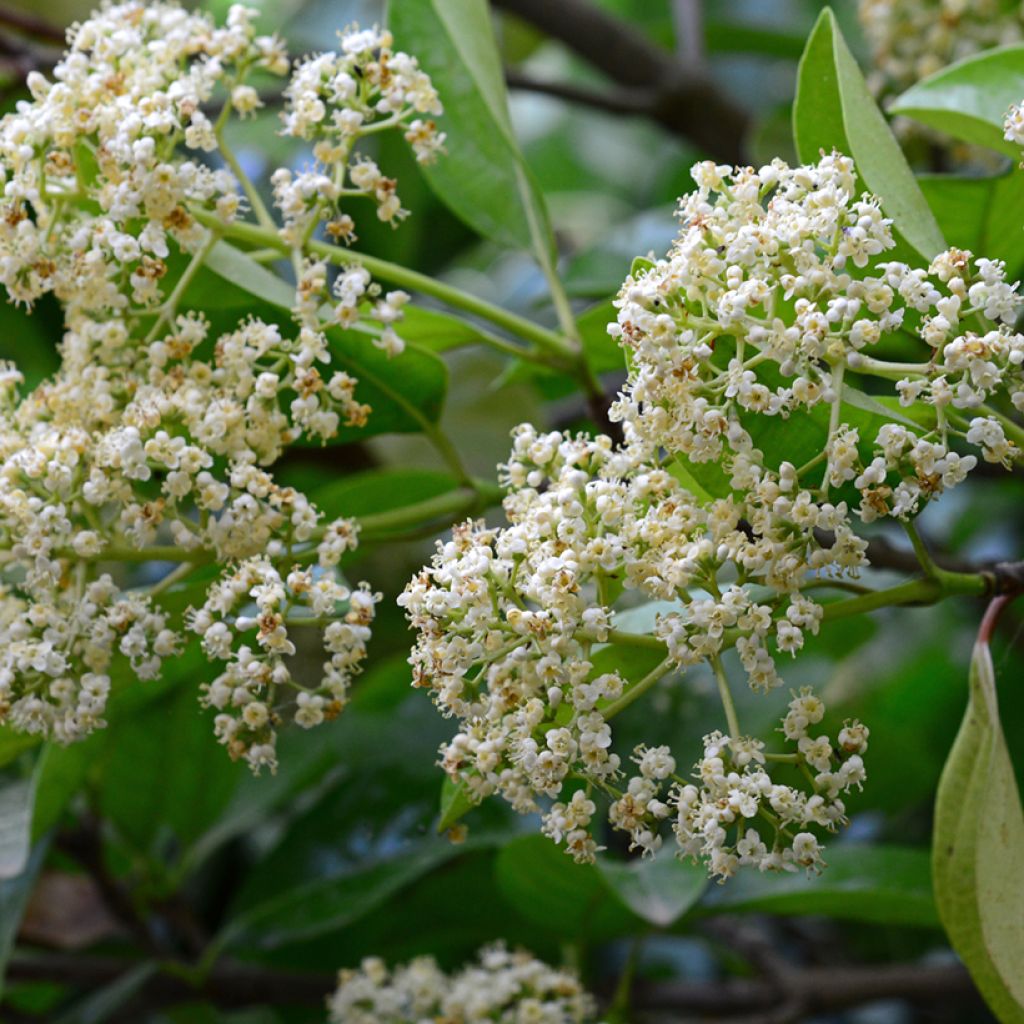

Viburnum odoratissimum
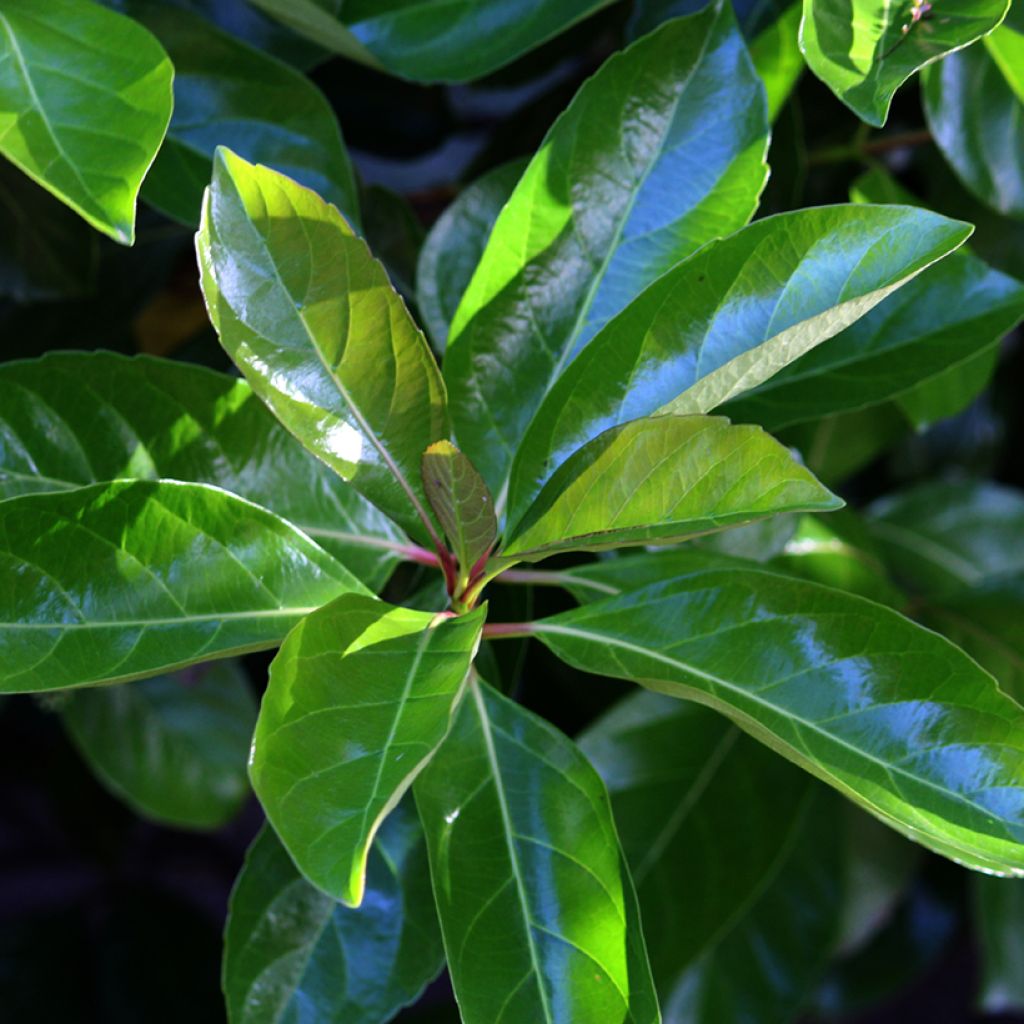

Viburnum odoratissimum
Viburnum odoratissimum
Viburnum odoratissimum
Sweet Viburnum, Sweet Bay, Walter's Viburnum
Shoot not growing fast.
Patrice, 03/06/2023
Order in the next for dispatch today!
Dispatch by letter from €3.90.
Delivery charge from €5.90 Oversize package delivery charge from €6.90.
More information
This item is not available in your country.
Schedule delivery date,
and select date in basket
This plant carries a 24 months recovery warranty
More information
We guarantee the quality of our plants for a full growing cycle, and will replace at our expense any plant that fails to recover under normal climatic and planting conditions.
From €5.90 for pickup delivery and €6.90 for home delivery
Express home delivery from €8.90.
Oversize package: home delivery by special carrier from €6.90 per order..
Express home delivery from €8.90.
Does this plant fit my garden?
Set up your Plantfit profile →
Description
The Viburnum odoratissimum, commonly known as Sweet Viburnum, is an evergreen bush with glossy green foliage that is particularly decorative. In spring, it is covered with small, lightly scented white bouquets. In autumn, some leaves turn beautiful shades of red-orange, which is quite unusual for an evergreen. This bush can be used as a hedge, but it is sensitive to cold drafts. In cold climates, it is therefore preferable to provide it with the shelter of a small tree above it.
The Sweet Viburnum is native to the small Himalayan mountains. It belongs to the genus Viburnum (now classified in the Adoxaceae family), which includes very ornamental bushes such as the Snowball Bush (Viburnum opulus 'Roseum'), the laurustinus (Viburnum tinus), and the Chinese snowball bush (Viburnum plicatum). This species is no exception; it is a large bush with evergreen leaves of a beautiful bright green, elongated and shiny, which often take on beautiful orange hues in autumn. Between May and June, the Sweet Viburnum produces numerous panicles of white flowers turning creamy white that attract many insects.
This viburnum grows relatively slowly at first, with a somewhat gangly and irregular habit, then gradually balances itself by forming a large ball about 2 m (6 ft 7 in) in all directions, or even slightly wider than high depending on the space it has. In mild climates, it can reach 2.50 to 3 m (8 ft 2 in to 9 ft 10 in). Not picky, this bush adapts to most soils that are not too dry. The only drawback is that it tends to constantly shed its old leaves, which can be unpleasant in windy conditions. Its beautiful glossy foliage is satiny, almost shiny, and its thick, almost fleshy leaves have a healthy appearance. As an autumnal coquetry, some turn red like some deciduous shrubs, even though this viburnum is evergreen even in cold climates.
As for its hardiness, it is often said to be limited to mild climates like Brittany, while the bush easily withstands the climate of Orléans. In cold winters, the foliage may freeze a little, but it regrows in spring. The flowering appears in May-June, and while not remarkable, it is pleasant especially for its fragrance and delights bees. Above all, it produces small decorative fruits, red and then black, which birds feed on.
Not demanding, Viburnum odoratissimum should be placed in a location that is not too exposed to wind. Prefer a protected environment, for example behind a wall, or in the light shade of small trees like the Mountain Ash or a flowering apple tree like the Malus Coccinella Courtarou, whose purple foliage will contrast nicely with that of the Viburnum. Its beautiful shiny green foliage will be perfectly suited for creating powerful contrasts, by planting golden masses next to it, such as the small Choisya Aztec Gold, with its magnificent patterns, whose fine foliage will contrast both in form and colour. For an even bolder choice, try the surprising Albizia julibrissin Summer Chocolate, with its fern-like foliage in a stunning dark purple, or the Physocarpus 'Diabolo', also purple and with decorative bark in winter.
Report an error about the product description
Viburnum odoratissimum in pictures
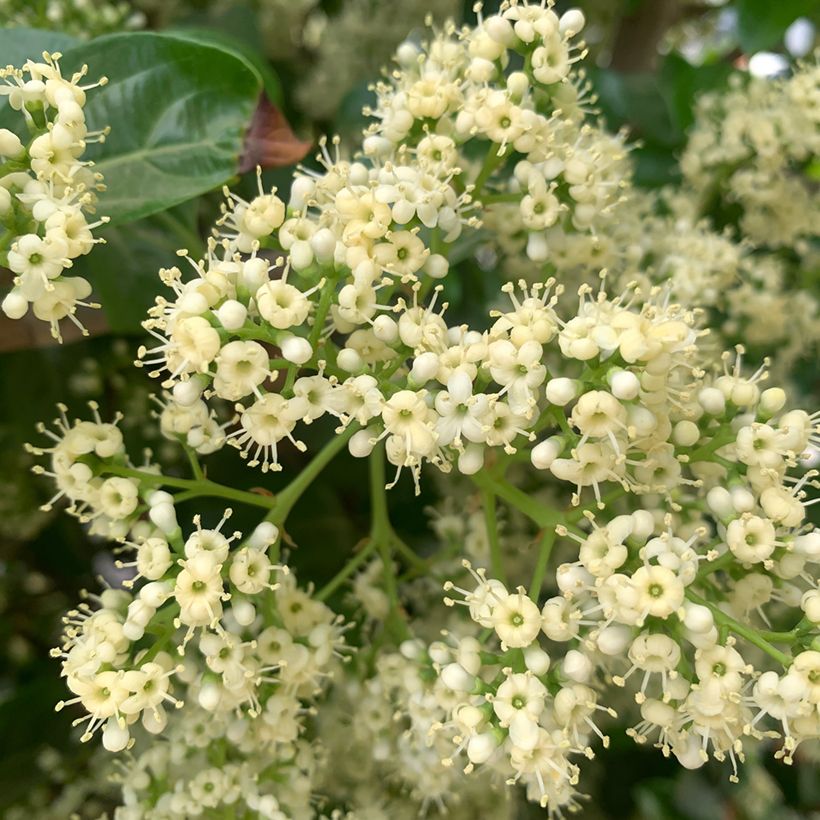

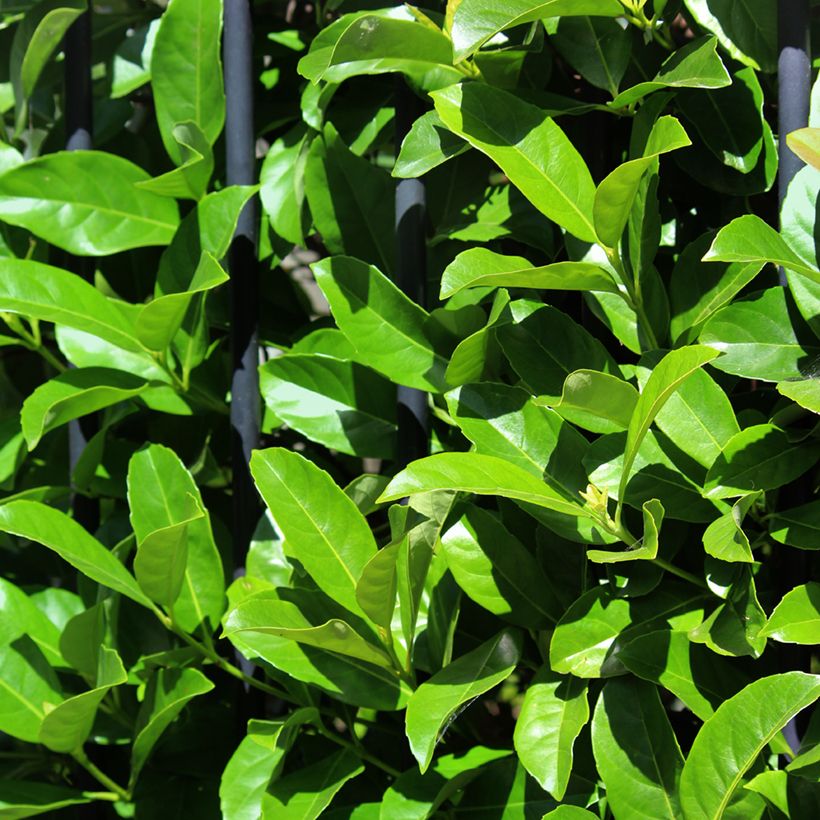

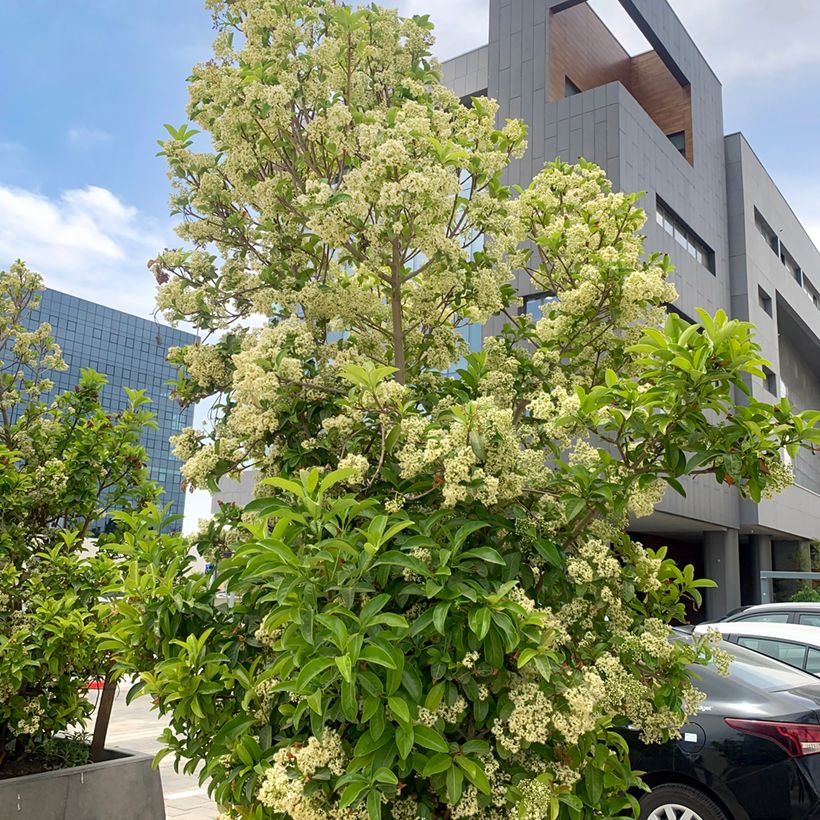

Plant habit
Flowering
Foliage
Botanical data
Viburnum
odoratissimum
Adoxaceae
Sweet Viburnum, Sweet Bay, Walter's Viburnum
Cultivar or hybrid
Other Viburnum
Planting and care
The Viburnum odoratissimum is preferably planted in spring to allow it time to develop its root system before winter. In mild climates, it can also be planted in spring after the last frosts. It grows in any ordinary, neutral soil, but also slightly acidic or alkaline. Choose a sunny or semi-shaded location, under the protection of trees in cooler regions. Dig a hole 50 to 60 cm (19.7 to 23.6 in) wide and deep, and if the soil is sandy, enrich it with compost to improve water retention. Soak the root ball in a bucket of water for 20 minutes to ensure it is well saturated before planting. Fill in and water generously. Water regularly, especially during summer, for 2 or 3 years, after which this bush proves quite resistant to drought.
This Viburnum is not susceptible to any particular diseases and is not affected by insects. It is a resilient plant that tolerates cold better than people say, once it is well rooted.
Planting period
Intended location
Care
-
, onOrder confirmed
Reply from on Promesse de fleurs
Shrubs for semi-shade
Haven't found what you were looking for?
Hardiness is the lowest winter temperature a plant can endure without suffering serious damage or even dying. However, hardiness is affected by location (a sheltered area, such as a patio), protection (winter cover) and soil type (hardiness is improved by well-drained soil).

Photo Sharing Terms & Conditions
In order to encourage gardeners to interact and share their experiences, Promesse de fleurs offers various media enabling content to be uploaded onto its Site - in particular via the ‘Photo sharing’ module.
The User agrees to refrain from:
- Posting any content that is illegal, prejudicial, insulting, racist, inciteful to hatred, revisionist, contrary to public decency, that infringes on privacy or on the privacy rights of third parties, in particular the publicity rights of persons and goods, intellectual property rights, or the right to privacy.
- Submitting content on behalf of a third party;
- Impersonate the identity of a third party and/or publish any personal information about a third party;
In general, the User undertakes to refrain from any unethical behaviour.
All Content (in particular text, comments, files, images, photos, videos, creative works, etc.), which may be subject to property or intellectual property rights, image or other private rights, shall remain the property of the User, subject to the limited rights granted by the terms of the licence granted by Promesse de fleurs as stated below. Users are at liberty to publish or not to publish such Content on the Site, notably via the ‘Photo Sharing’ facility, and accept that this Content shall be made public and freely accessible, notably on the Internet.
Users further acknowledge, undertake to have ,and guarantee that they hold all necessary rights and permissions to publish such material on the Site, in particular with regard to the legislation in force pertaining to any privacy, property, intellectual property, image, or contractual rights, or rights of any other nature. By publishing such Content on the Site, Users acknowledge accepting full liability as publishers of the Content within the meaning of the law, and grant Promesse de fleurs, free of charge, an inclusive, worldwide licence for the said Content for the entire duration of its publication, including all reproduction, representation, up/downloading, displaying, performing, transmission, and storage rights.
Users also grant permission for their name to be linked to the Content and accept that this link may not always be made available.
By engaging in posting material, Users consent to their Content becoming automatically accessible on the Internet, in particular on other sites and/or blogs and/or web pages of the Promesse de fleurs site, including in particular social pages and the Promesse de fleurs catalogue.
Users may secure the removal of entrusted content free of charge by issuing a simple request via our contact form.
The flowering period indicated on our website applies to countries and regions located in USDA zone 8 (France, the United Kingdom, Ireland, the Netherlands, etc.)
It will vary according to where you live:
- In zones 9 to 10 (Italy, Spain, Greece, etc.), flowering will occur about 2 to 4 weeks earlier.
- In zones 6 to 7 (Germany, Poland, Slovenia, and lower mountainous regions), flowering will be delayed by 2 to 3 weeks.
- In zone 5 (Central Europe, Scandinavia), blooming will be delayed by 3 to 5 weeks.
In temperate climates, pruning of spring-flowering shrubs (forsythia, spireas, etc.) should be done just after flowering.
Pruning of summer-flowering shrubs (Indian Lilac, Perovskia, etc.) can be done in winter or spring.
In cold regions as well as with frost-sensitive plants, avoid pruning too early when severe frosts may still occur.
The planting period indicated on our website applies to countries and regions located in USDA zone 8 (France, United Kingdom, Ireland, Netherlands).
It will vary according to where you live:
- In Mediterranean zones (Marseille, Madrid, Milan, etc.), autumn and winter are the best planting periods.
- In continental zones (Strasbourg, Munich, Vienna, etc.), delay planting by 2 to 3 weeks in spring and bring it forward by 2 to 4 weeks in autumn.
- In mountainous regions (the Alps, Pyrenees, Carpathians, etc.), it is best to plant in late spring (May-June) or late summer (August-September).
The harvesting period indicated on our website applies to countries and regions in USDA zone 8 (France, England, Ireland, the Netherlands).
In colder areas (Scandinavia, Poland, Austria...) fruit and vegetable harvests are likely to be delayed by 3-4 weeks.
In warmer areas (Italy, Spain, Greece, etc.), harvesting will probably take place earlier, depending on weather conditions.
The sowing periods indicated on our website apply to countries and regions within USDA Zone 8 (France, UK, Ireland, Netherlands).
In colder areas (Scandinavia, Poland, Austria...), delay any outdoor sowing by 3-4 weeks, or sow under glass.
In warmer climes (Italy, Spain, Greece, etc.), bring outdoor sowing forward by a few weeks.
